
This may be the prime human habitat, but animals are starting to learn how to adapt, which is why there’s now a wide range of wildlife to see in urban areas.
©Nok Lek Travel Lifestyle/Shutterstock.com
In the city, it can often feel like you’re separated from the wilderness. There are few, if any, trees, and you may only see animals such as domesticated dogs and stray cats on your adventures to and from work. You may not think there’s any wildlife to see in urban areas besides the occasional bird or rat.
What you might not realize, is that there are quite a few animals around you, even if you don’t notice. Though you may feel separated from the wilderness, the wilderness isn’t actually all that separated from you.
Keep reading to find out more about the animals that you may come across in the city, depending on if you take the time to look, and the times of day you leave your home.
1. Raccoons
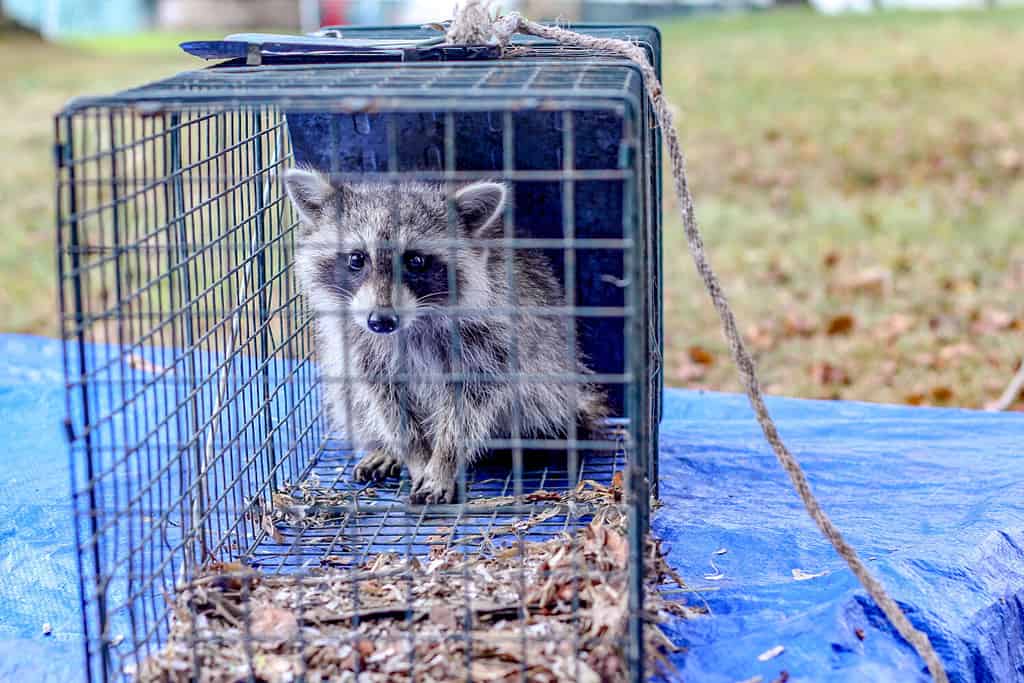
Raccoons are common around houses and dumpsters, as they’ll easily eat all the trash in the area.
©Chris Wetherell/Shutterstock.com
One of the most familiar animals is the raccoon. These animals are known for residing in attics and stealing trash when it’s not sealed properly. They may look cute and cuddly from a distance but can be quite aggressive when they feel threatened. Also, there’s just something eerie about the way a whole gaze of raccoons can slide in and out of a storm drain in the blink of an eye.
2. Squirrels
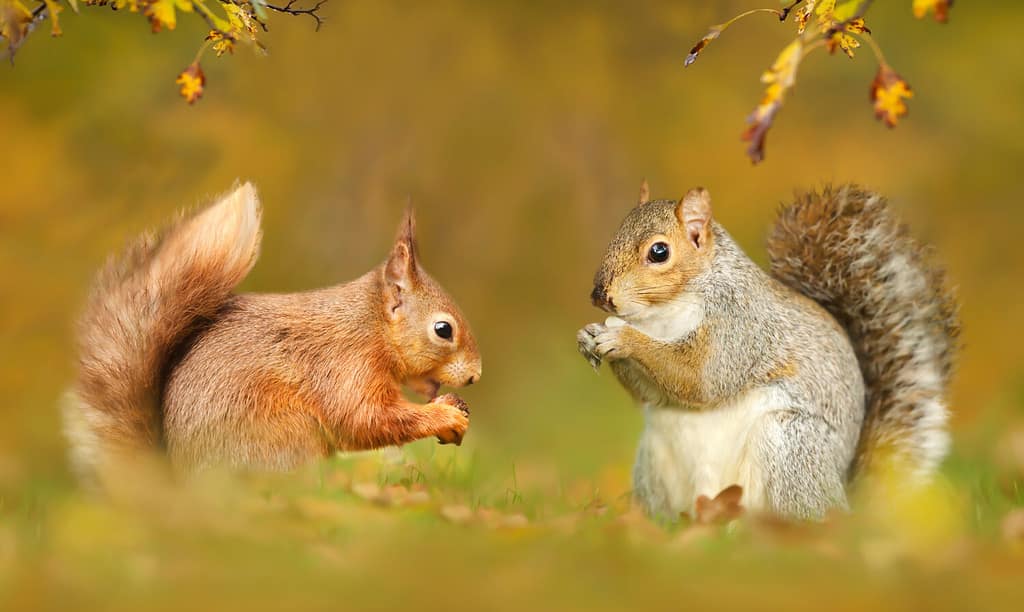
Squirrels can be found near bird feeders and gardens.
©Giedriius/Shutterstock.com
You may have noticed squirrels around, especially if you own a few bird feeders. For many, they are cute little animals that enjoy snacking on the food you hand them. However, if you own a garden, it can be quite a pain. They will gather up any and all food they can get their hands on, including bird food, trash, garden plants, and seeds spread around.
3. Pigeons

Pigeons and parks go hand-in-hand.
©YIUCHEUNG/Shutterstock.com
When you see a pigeon, your first thought may be irritation. They are everywhere, even in the heart of cities Many times, they are in the way, and they may even leave a disgusting present on your nice new suit. A lot of people consider them dirty animals, but they are rather clean for birds. They don’t carry the bird flu and have powerful immune systems.
4. Bats

If you don’t go out at night and pay attention, you may never realize how many bats live in urban areas.
©Luke Marcos Imbong / CC BY-SA 4.0 – License
A bat is one you might not ever see unless you take the time and effort to look for them. They only come out when it’s dark, and are quiet as they fly around catching insects. If you’re lucky, you might catch one flying by a light pole as it catches the moths and other bugs attracted to the light. They’re often found resting near abandoned buildings and bridges when they rest for the day.
5. Foxes
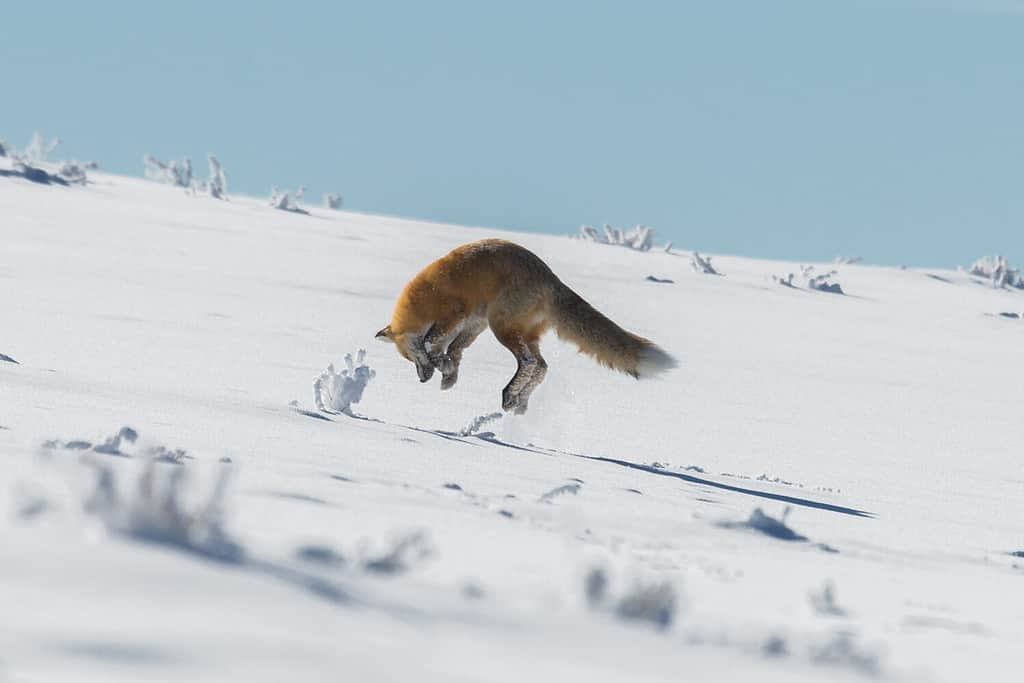
This might be what you think of when you consider foxes, but they’re just as quick to pounce on chickens or other animals.
©Michelle Holihan/Shutterstock.com
You will find foxes waiting around in alleys or parks for a tasty morsel to walk by. They don’t always like the noisy cities but will go there in search of food when they’re hungry. However, you can find them roaming around smaller cities, towns, and suburbs the most often. They aren’t quite domesticated animals, but they are getting closer and closer every day as people start to feed and take care of the ones hiding in their backyards.
6. Coyotes
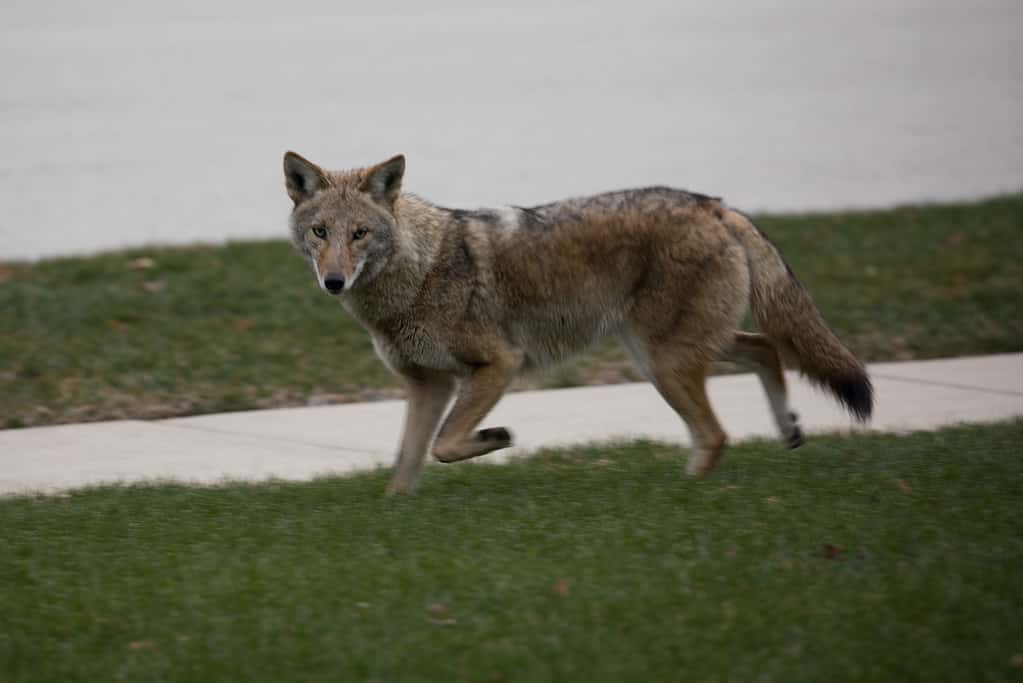
Coyotes enjoy eating outdoor cats, and will often enter urban areas to do so.
©Chuck Miller/iStock via Getty Images
Wolves and coyotes are often mixed up. However, when it comes to cities, you’re far more likely to come across a coyote than a wolf. The coyote has managed to adapt quite well to urban environments. Not that people would know. They’ve managed to stay quite hidden, only coming out at night to get food and avoiding people as much as possible.
7. Bobcats
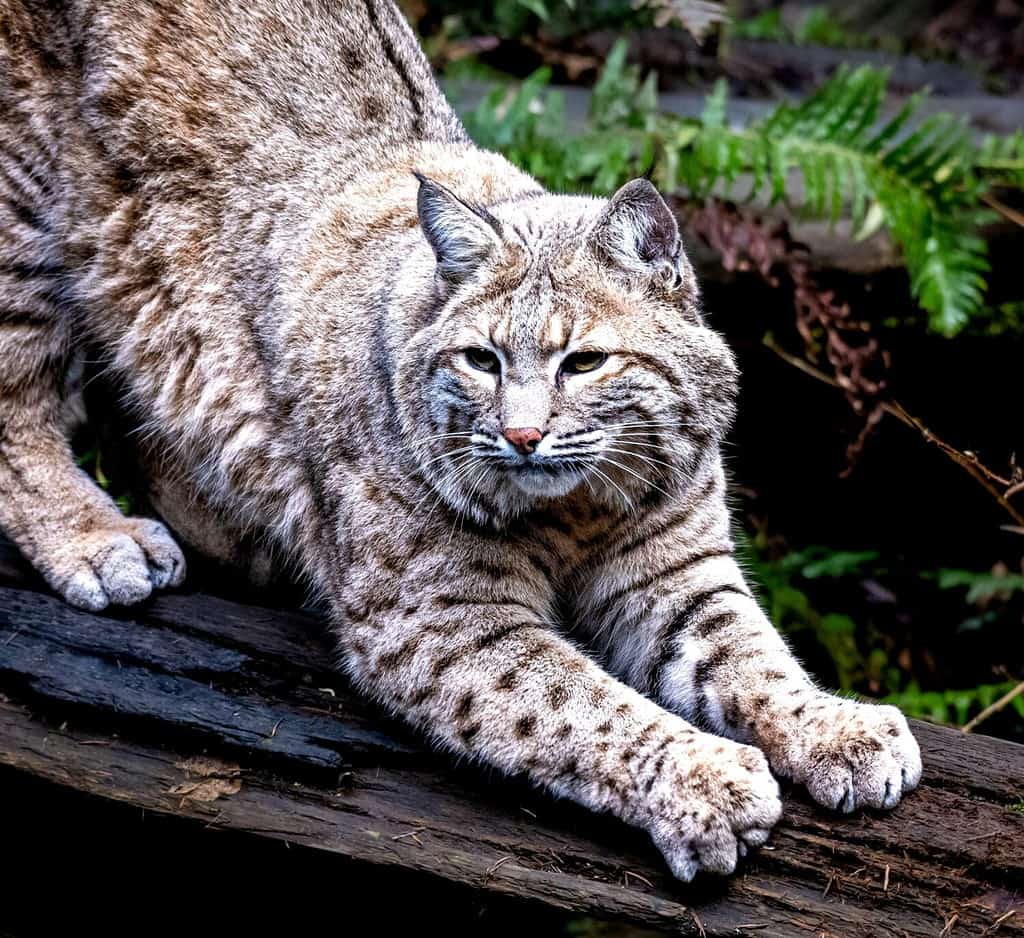
You might never see a bobcat, but they do enter urban areas from time to time.
©Jeff Westhead/Shutterstock.com
While bobcats are unlikely to be found in the hearts of cities, the outskirts, and smaller towns are another matter entirely. Studies done on bobcats show that even those that have grown used to urban settings avoid areas that are more than 20 percent developed. This means, that even in cities, they make their homes in golf parks and regular parks. They are also adept at staying hidden from people.
8. Armadillos
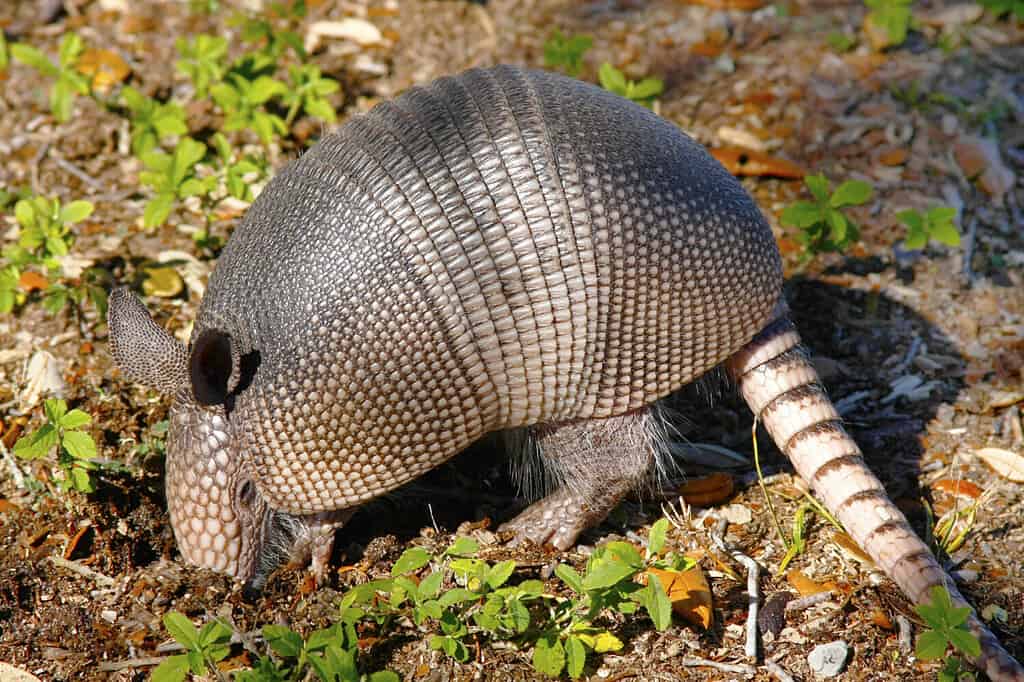
Armadillos are one of the common animals found dead alongside the road, especially in the south.
©Steve Bower/Shutterstock.com
While armadillos aren’t big fans of the city, they do make the trip into busy areas when they have to. Their favorite habitats tend to be on the edge of cities and towns, or in urban areas that have lots of water and trees as part of the design. They will also take over a garden if given the chance.
9. Deer

A deer won’t hesitate to eat all of your beautiful garden flowers.
©SwedishStockPhotos/Shutterstock.com
It’s estimated that 1.5 million car crashes occur because of deer annually. They are animals that don’t quite get the concept of urban areas. While they try to stay out of the most populated areas of cities and towns, they don’t have a problem with people or urban design. You can find videos of them crashing into homes and buildings, as well as interacting with local pets and people.
10. Prairie Dogs
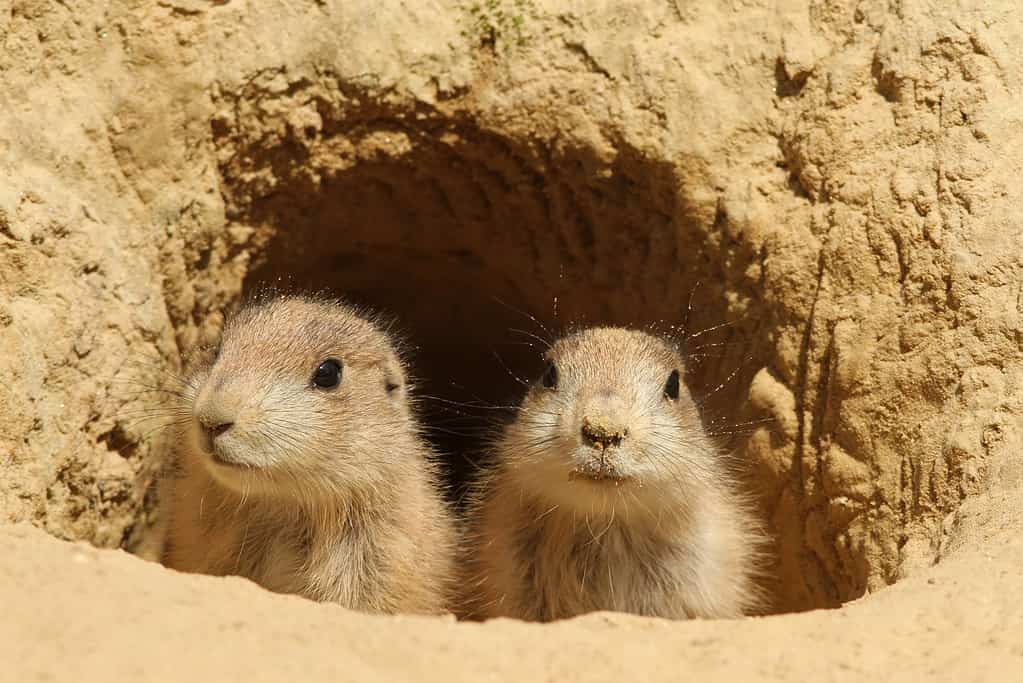
When you think of urban areas, you may not consider prairie dogs.
©Henk Bentlage/iStock via Getty Images
Expert burrowers, prairie dogs can make do in almost any habitat. Many colonies of prairie dogs have even purposefully migrated into cities and towns as it protects them from predation. Though foxes and hawks still attack these little rodents, they get a little more safety in between buildings. While some colonies are unable to adapt and are fading away, others are making progress in changing their ways and using urban areas to their advantage.
11. Beavers
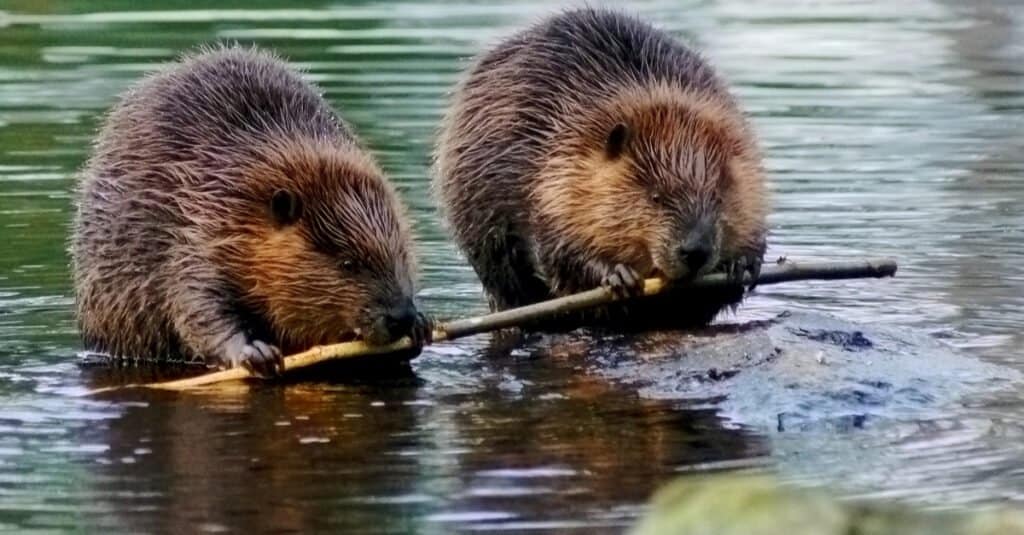
Beavers enjoy spending time in the water.
©P Harstela/Shutterstock.com
Even if you don’t see a beaver, you’re sure to see signs of them. They cause some serious conflicts with people because of their ability to quickly and effectively stop flowing water. This can cause floods in areas where floods are not wanted. They can also quickly chop down trees that people may be fond of. Beavers are usually only in areas with a lot of water, but that still leaves many urban areas.
12. Rabbits
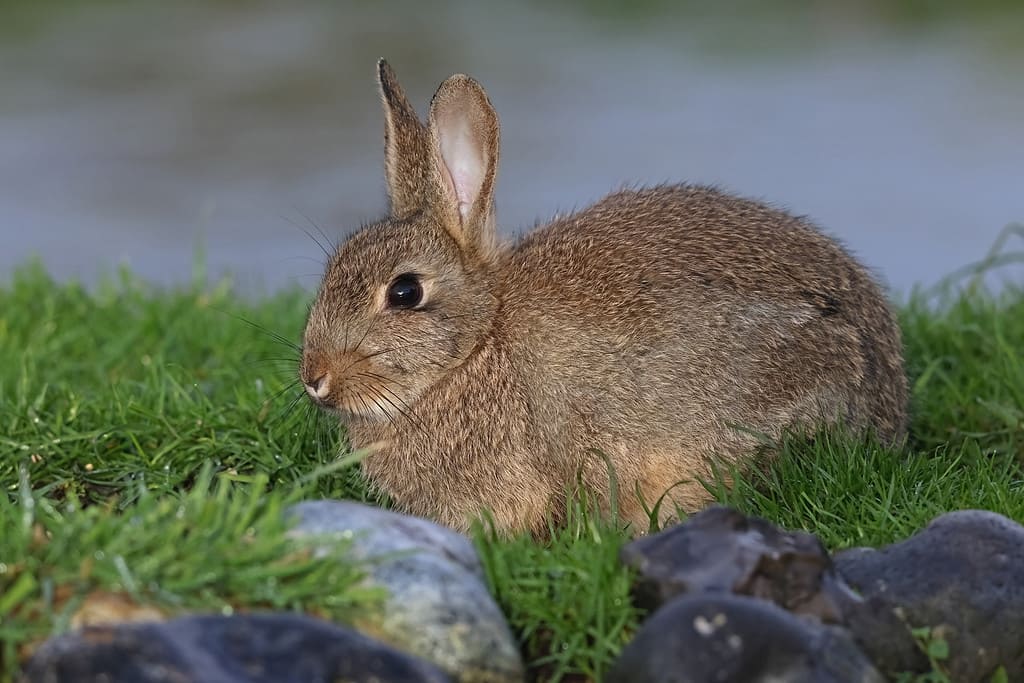
Rabbits are another problem pest for gardeners everywhere
©neil bowman/iStock via Getty Images
Both domesticated rabbits and wild rabbits are found throughout towns and cities. Many surveys report rabbits to fall somewhere between mice and squirrels on the irritation level. This is because they are super cute, and they don’t cause problems for people in apartments or without land. However, for farmers or gardeners, they are a nuisance pest for sure, eating up all the plants carefully grown in no time.
13. Rats
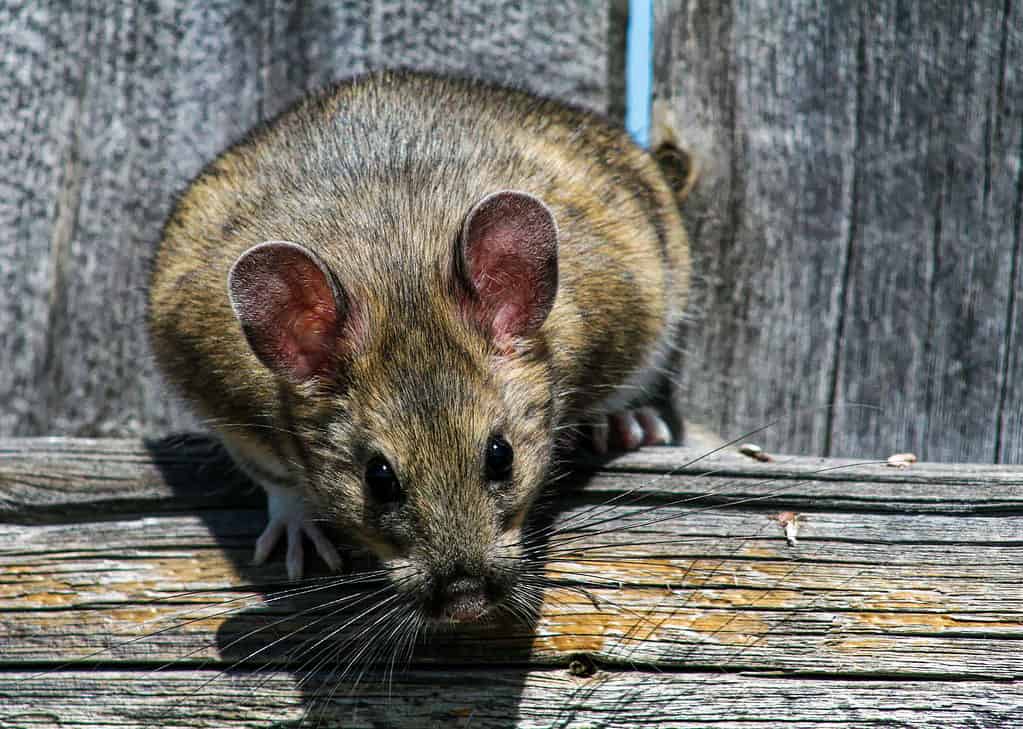
Rats are considered to be major pests, but they also make adorable pets.
©M. Leonard Photography/Shutterstock.com
When you think of animals in cities, rats are probably one that everyone thinks about. They have been in cities for as long as cities have been around. They’ve carried diseases that have decimated human populations, and they’ve taken over areas. Rats are opportunistic, needing only a small and warm place to live, and some food, and then they can thrive and reproduce in large numbers.
14. Mice

Mice cause problems in homes, getting into food and chewing through important wiring.
©iStock.com/Víctor Suárez Naranjo
A mouse is an animal more often found in a home than running around on the city streets, but it can happen. Mice are a lot like rats, but smaller, and often considered a little cuter. However, they’re still a problem when they start getting into homes. Winter seasons are when you’ll see most of them, as they will hide inside houses to stay warm and have some food easily within their reach. They aren’t afraid of chewing on anything that gets in their way either.
15. Mountain Lions
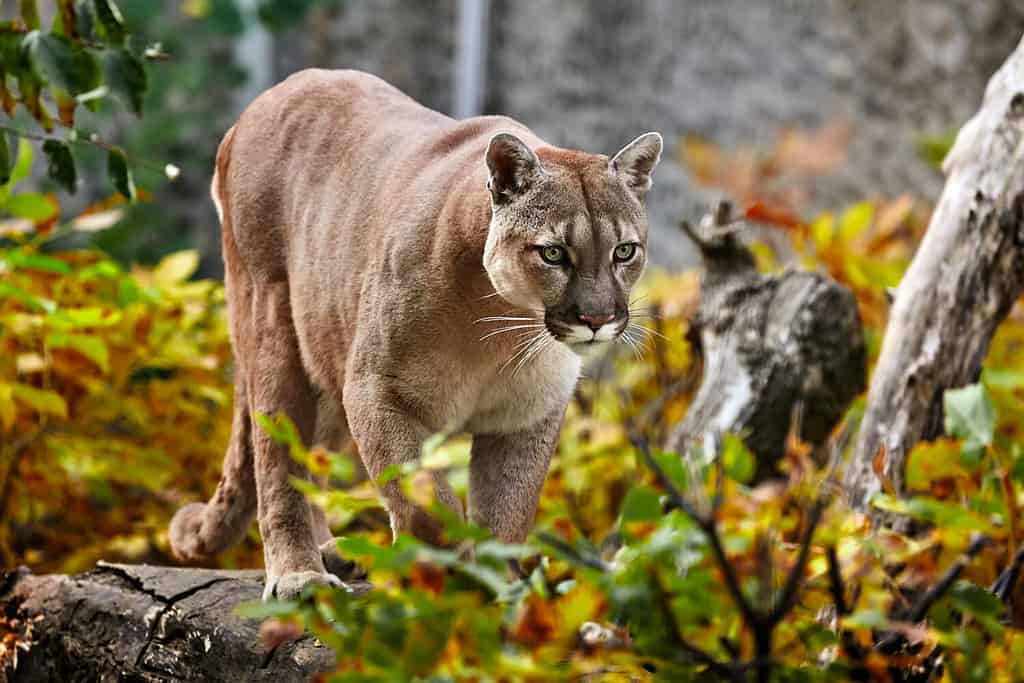
A big cat like a mountain
lion
isn’t an animal you want to wake up to at your front door.
©Evgeniyqw/Shutterstock.com
You may expect to be safe from big predators in a city, but you’d be surprised. Mountain lions are one such big animal that can pop up out of nowhere. While mountain lions do not linger in urban areas, they will make a point to enter them every so often. If they manage to find a food course in a city, such as a high population of deer, they won’t hesitate to enter when they are in need of food.
16. Bears

Bears are cute animals until they feel cornered or hungry.
©Pawel Serafin/Shutterstock.com
Another big predator you’re likely to come across in the middle of a smaller city or town is a bear. They are a huge problem when it comes to human-wildlife conflicts thanks to their flexible paws and fearless behaviors. They won’t hesitate to break into homes, cars, or trash cans to get food, especially when it’s close to hibernation. Many times, humans and bears get along for a while, until bears get a little too comfortable and start destroying homes and yards.
17. Skunks
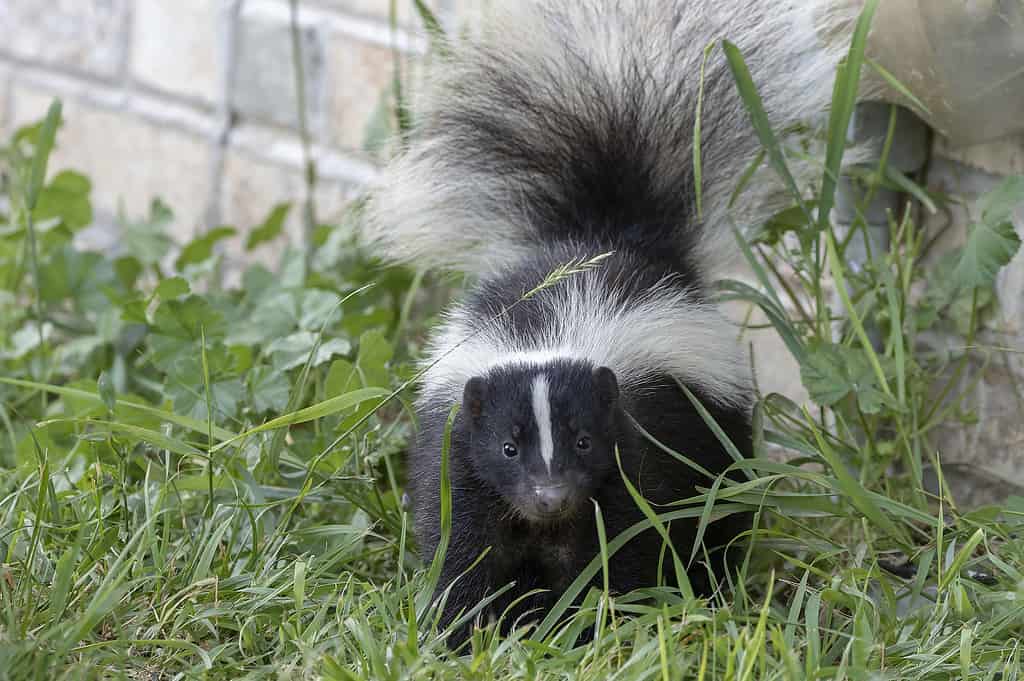
You don’t want to startle a skunk.
©Karel Bock/iStock via Getty Images
A skunk might perhaps be one of the animals you want to encounter the least in an urban setting thanks to their strong smell. They tend to enjoy spending time in and around houses, hiding in darker, quieter areas of the home such as decks, porches, and beneath buildings. They’re opportunists and will venture around and settle down wherever they can find enough food and a safe enough shelter. They don’t really like forested areas but enjoy open areas of cities well enough.
18. Opossums

Opossums are opportunistic omnivores that eat a wide variety of animal and plant matter.
©iStock.com/galinast
If you live in the south of the US, you’ve likely seen at least one opossum in your life. They do enjoy staying near water more, like streams and wetlands, but they can also find a good enough place to settle around homes like your old garden shed or under your deck. They will eat almost anything they can get their hands on, including garbage, your garden, and even snails. In this way, they can be both harmful and helpful to people.
19. Snakes

It’s not easy to see snakes unless they start moving.
©AbuMazna/Shutterstock.com
Snakes have adapted quite well, and rather unexpectedly to urban settings. They don’t mind humans being around them all the time. They’ve even been found in packed cities full of skyscrapers and with a population density of over 28,000 people in about a third of a square mile (one square kilometer). Most of them go by without people ever noticing, as they don’t go out of their way to attack people unless there are no other options. All kinds of snakes, venomous and non-venomous, make urban areas their home.
20. Crows
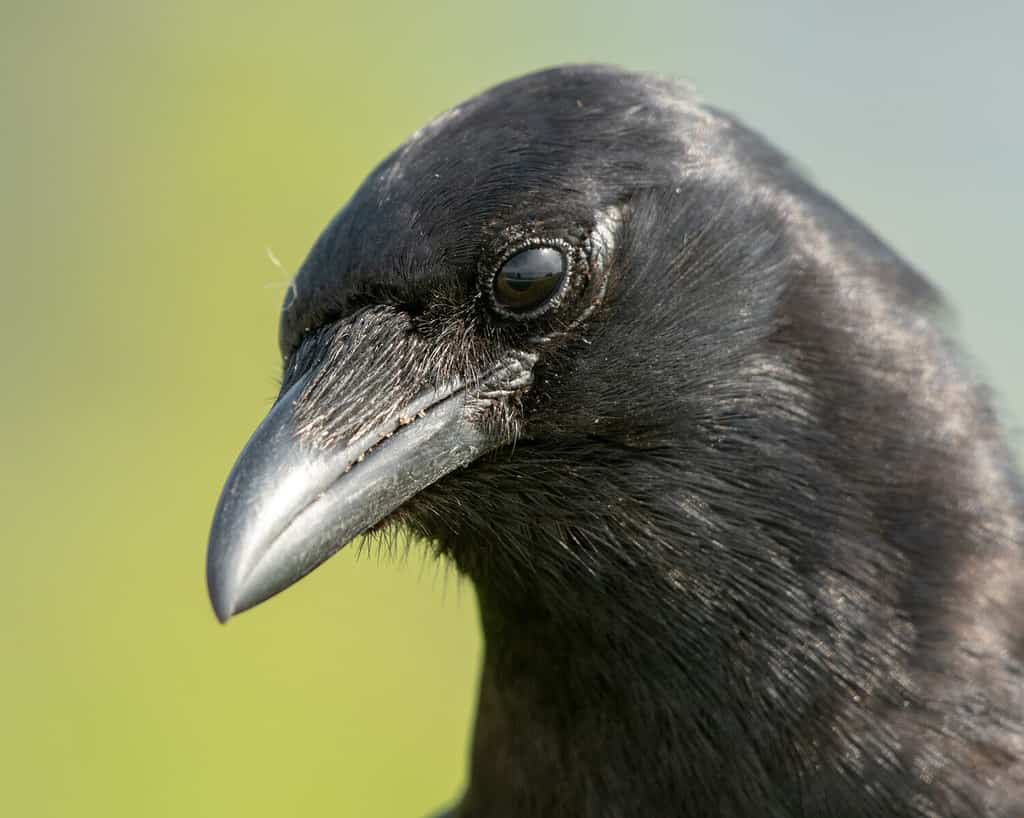
Crows were once a bad omen, but they aren’t necessarily a problem in urban areas.
©Courtenay Harding/Shutterstock.com
When it comes to crows, they will take up residence anywhere. They will live far away from people, or right next to them without any problem. Thanks to their incredible intelligence, crows have managed to adapt and thrive in urban environments. They take human structures and habits and turn them into something useful for them. One example is that crows will use cars to crack nuts by placing them on the road.
21. Badger
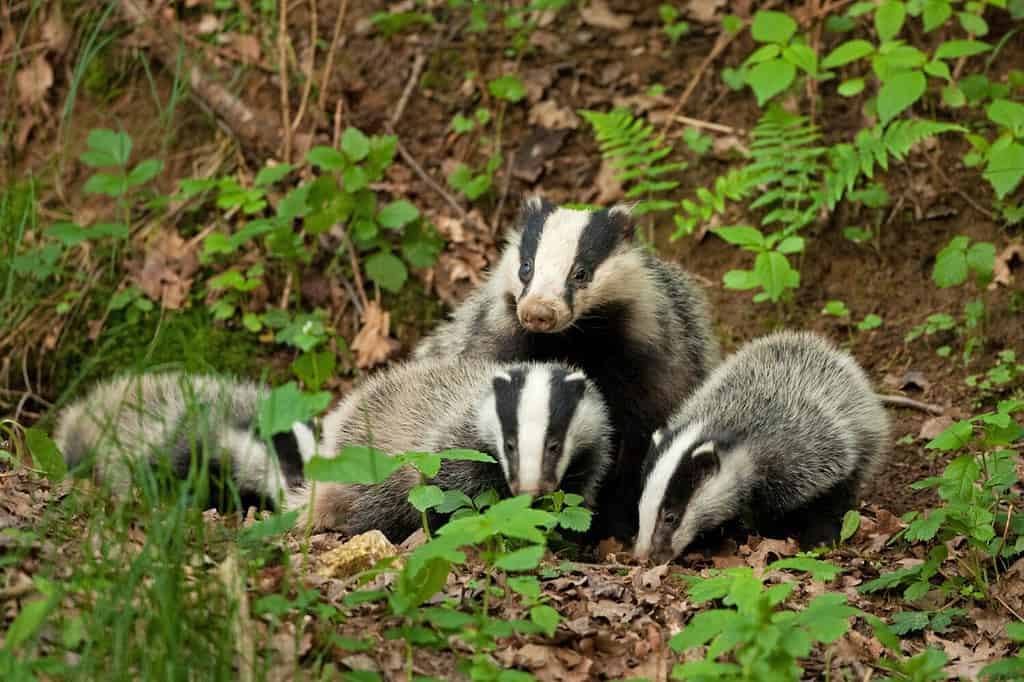
Badgers are pretty fierce and aren’t afraid of people.
©Martin Prochazkacz/Shutterstock.com
When you think of badgers, you may think of hills and rolling countryside, but badgers exist inside of urban environments too. They adapt quite quickly. There are noticeable differences between badgers in urban areas and those in the country. For example, badgers in urban areas tend to have smaller sets (dens) and fewer entrances into their set. However, this means they disrupt the landscape inside of cities and towns, which many people aren’t a fan of.
22. Frogs

Frogs aren’t afraid of urban environments, so long as they can find some water and a good tree to rest.
©Jeroen Mikkers/Shutterstock.com
As long as an urban area has a little bit of green space throughout it, you’re likely to find frogs. Frogs are found in almost every urban area but struggle to survive as well in areas where they have to travel a large distance before reaching another safe area. Urban areas also have the potential to reduce species diversity for these little creatures. So even if you see a lot of them in your area, it’s likely only one or two species.
23. Shrew
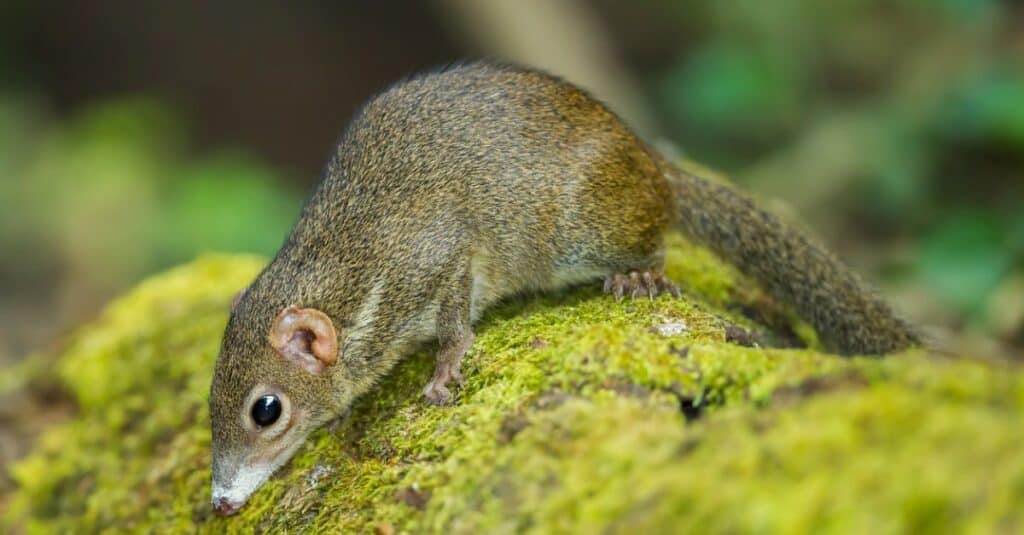
Shrews are small rodents that thrive in urban areas, despite rarely being seen.
©iStock.com/kajornyot
While it sounds great that animals are adapting to ever-growing urban environments, that’s not necessarily the case with the shrew. These little rodents are reacting in rather unique ways to urbanization. They are expanding their range and becoming invasive. They have also been shown to be far more aggressive in urban populations. So far, only two species have been monitored, but they both show the same response to urbanization. This hints that it’s something in their genetics, which means many other species of shrew may exhibit similar behavior patterns.
24. Chipmunks
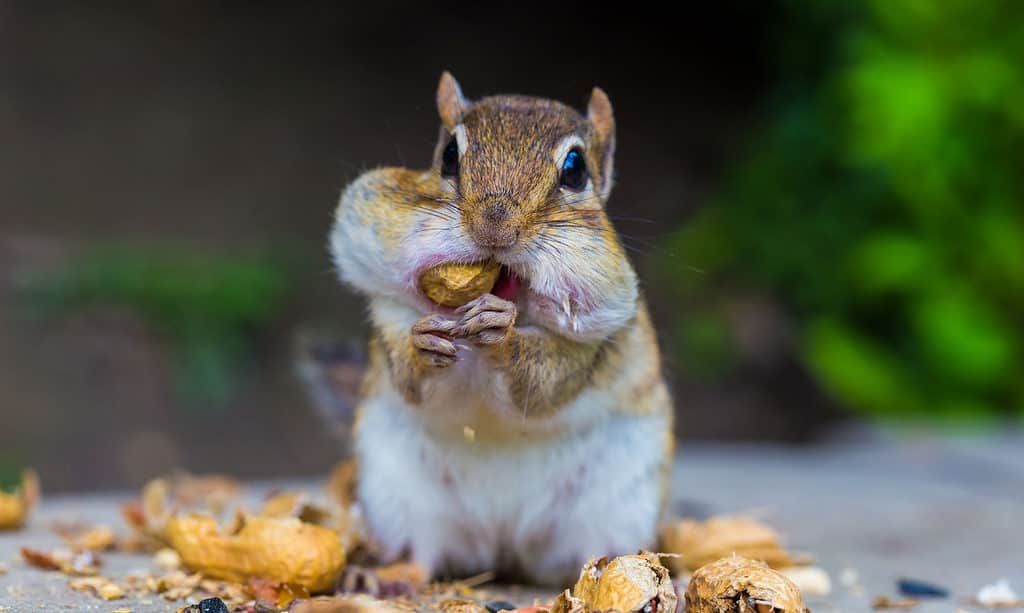
Chipmunks are growing bolder thanks to the way people feed them.
©colacat/Shutterstock.com
Unless there is a lot of green space in a city, you likely won’t find chipmunks in the heart of an urban environment. They will venture into the edges of the city, however. Chipmunks prefer to live in places with a lot of trees and space for them to hide. In cities with parks, you may be lucky enough to find them roaming around during your lunch breaks. Because people feed them, they are pretty bold animals and aren’t afraid to get close to people.
25. Vultures

There are many birds you can catch sight of in urban areas, but none are quite as big as turkey vultures unless you live by the ocean.
©James W. Thompson/Shutterstock.com
Turkey vultures caught on relatively quickly to the benefits of hanging around humans. While they’re not domesticated by any means, they know that wherever humans are, food is sure to follow. Even Charles Darwin made a note of how turkey vultures followed people into large cities in the hopes of food. While they mostly eat carrion, a vulture is also happy to munch on some trash that people leave in easy-to-access trashcans.
26. Geese
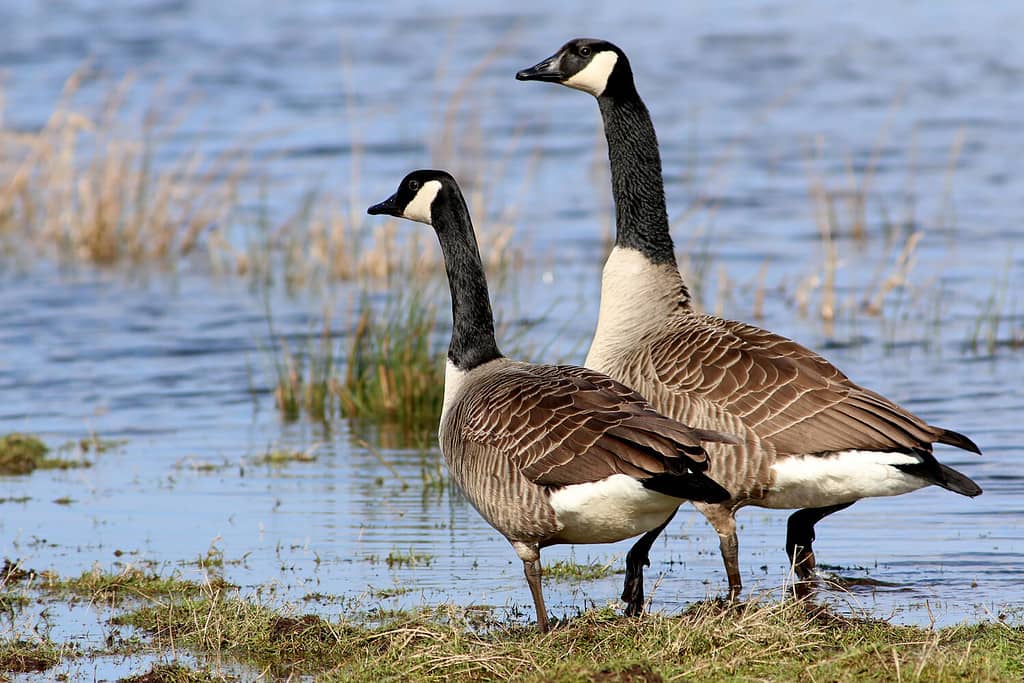
While all geese do fairly well in urban settings, none have managed to thrive as well as Canadian Geese.
©Ger Bosma Photos/Shutterstock.com
These aggressive birds don’t have a preference for urban or rural areas. Geese are happy anywhere there is grass and water. You can find them in parks, golf courses, and even lawns. Once one realizes there’s good food to be had, they will show up everywhere, cutting the grass down and leaving trails of healthy fertilizer in their wake. They’ve even started to learn that if they cuddle up, or attack people, there’s a chance for some good food.
Summary of Animals Most Likely to Be Seen in Urban Areas
| Rank | Animal | When They Are Out |
|---|---|---|
| 1 | Raccoons | Dawn and dusk |
| 2 | Squirrels | All day, especially in fall and spring when searching for food |
| 3 | Pigeons | During the day |
| 4 | Bats | Throughout the night |
| 5 | Foxes | Dawn and dusk |
| 6 | Coyotes | At night, after the sun goes down |
| 7 | Bobcats | Most active at dawn and dusk, but can be found at any time of day |
| 8 | Armadillos | Early morning, between 2 am and 5 am when it’s still cool |
| 9 | Deer | Dawn and dusk are when they are most active, but you can find them at any time of day |
| 10 | Prairie Dogs | In the cooler hours of the day, and most active during the summer months |
| 11 | Beaver | Mostly dawn or early in the morning |
| 12 | Rabbits | Night, dawn, dusk, and early morning hours |
| 13 | Rats | Throughout the night |
| 14 | Mice | Throughout the night |
| 15 | Mountain Lions | Dawn and dusk |
| 16 | Bears | Morning and late evening in the spring and summer months |
| 17 | Skunks | Dawn, dusk, and at night |
| 18 | Opossums | At night, mostly between 11 pm and 2 am |
| 19 | Snakes | Most active at night, though some species are only active during the day |
| 20 | Crows | Morning and mid-afternoon, unless changing their time to fit human behaviors |
| 21 | Badgers | At night |
| 22 | Frogs | Frogs are most active at night when it’s cool but not cold |
| 23 | Shrews | Most active at night, with one or two hours of activity between naps |
| 24 | Chipmunks | Mid-morning and mid-afternoon primarily, but all throughout the day. |
| 25 | Turkey Vultures | Early in the morning, though you can find them moving around at any time of day |
| 26 | Geese | Early morning and late afternoons |
The photo featured at the top of this post is © Randy G. Lubischer/Shutterstock.com
Thank you for reading! Have some feedback for us? Contact the AZ Animals editorial team.






